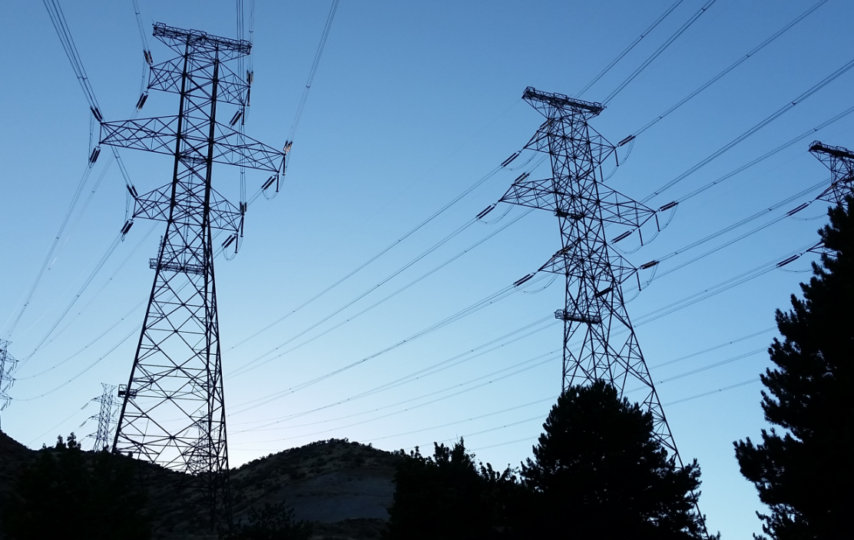Forget flashy gadgets and towering power plants – the real magic of electricity happens closer to home, in the unassuming hum that lulls your neighbourhood to sleep. The light illuminating your morning coffee, the comforting glow of your TV, the whirring hum of your fridge – all powered by silent heroes called electric substations.
Think of them as the secret power stations tucked away, diligently transforming and distributing electricity like unsung ninjas of the grid.
Basics of Electric Substations
Imagine a bustling highway buzzing with high-voltage lines, carrying electricity from distant sources like sprawling solar farms, towering wind turbines, or traditional power plants. These lines are like fire hoses, powerful but unusable for your home appliances. That’s where the electric substation’s MVP, the transformer, steps in.
Like a voltage magician, it transforms the high voltage (think thousands of volts!) into something safer and more manageable, like stepping down the water pressure from a fire hose to a gentle garden sprinkler. This allows the electricity to safely flow into homes and businesses, typically at a comfortable 240 volts.
However, substations aren’t just voltage changers. They’re the orchestra conductors of the power grid, directing and controlling the flow of electricity with complex instruments like electrical switchboards and circuit breakers. Think of them like the traffic cops of the grid, rerouting power around obstacles like fallen trees or overloaded lines.
They act as vigilant security guards, isolating problems like short circuits and protecting the grid from surges that could cause widespread blackouts. And, just like toll booths on a highway, they meticulously track electricity usage, ensuring fair and efficient distribution across the grid.
Different Types of Electric Substations
Now, substations come in all shapes and sizes, each fulfilling a specific mission. The big guys, called transmission substations, handle the high-voltage stuff, like the main arteries of the power grid. Picture them as electrical highways spanning vast distances, often located near power plants or connecting different regions. These Electric Substations ensure that electricity travels efficiently across hundreds of miles, powering entire communities.
Closer to your home, there are the distribution substations, and your local power hubs. They take the electricity from the transmission lines and step it down further, distributing it to towns and neighbourhoods. Think of them as the final link in the chain, delivering the power right to your doorstep, ensuring your lights stay on and your appliances hum contentedly.
And lastly, there are compact Electric Substations transformers, catering to specific needs like factories or large buildings. They provide dedicated power supplies, just like miniaturized versions of their bigger siblings.
But substations aren’t just static structures. They’re constantly evolving to meet the demands of our changing world. With the increasing integration of renewable energy sources like solar and wind, Electric Substations are being equipped with cutting-edge technologies like energy storage systems and smart grids. These advancements allow for a more flexible and resilient power grid, better able to handle fluctuations in renewable energy generation and respond to changing demands.
Electric Substations and Sustainability
Beyond their vital role in delivering electricity, Electric Substations are also crucial players in sustainability efforts. While keeping your lights on is their main gig, electric substations are secretly working double-duty for the planet. Imagine them as superheroes with hidden powers: waste-reducing transformers minimize energy loss, smart grids welcome renewable energy sources like solar and wind, and resilient designs withstand even the wildest weather.
Partner with the Right Provider
Choosing energy providers who invest in modernizing these eco-warriors makes a real difference. You’re contributing to cleaner air, reduced greenhouse gas emissions, and a more sustainable future for your community. Think of it as leaving a brighter legacy for future generations – all thanks to the unsung heroes buzzing away in your neighbourhood. So, research properly and choose wisely for long-term benefits!








